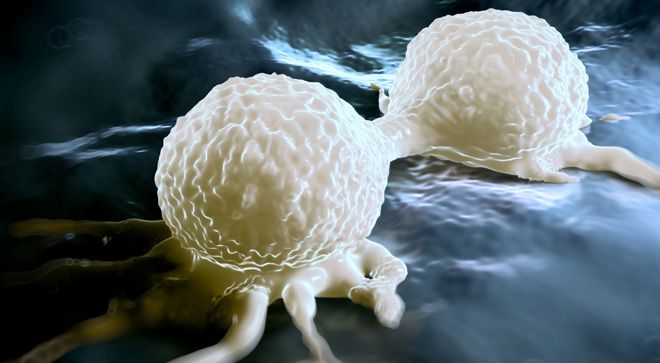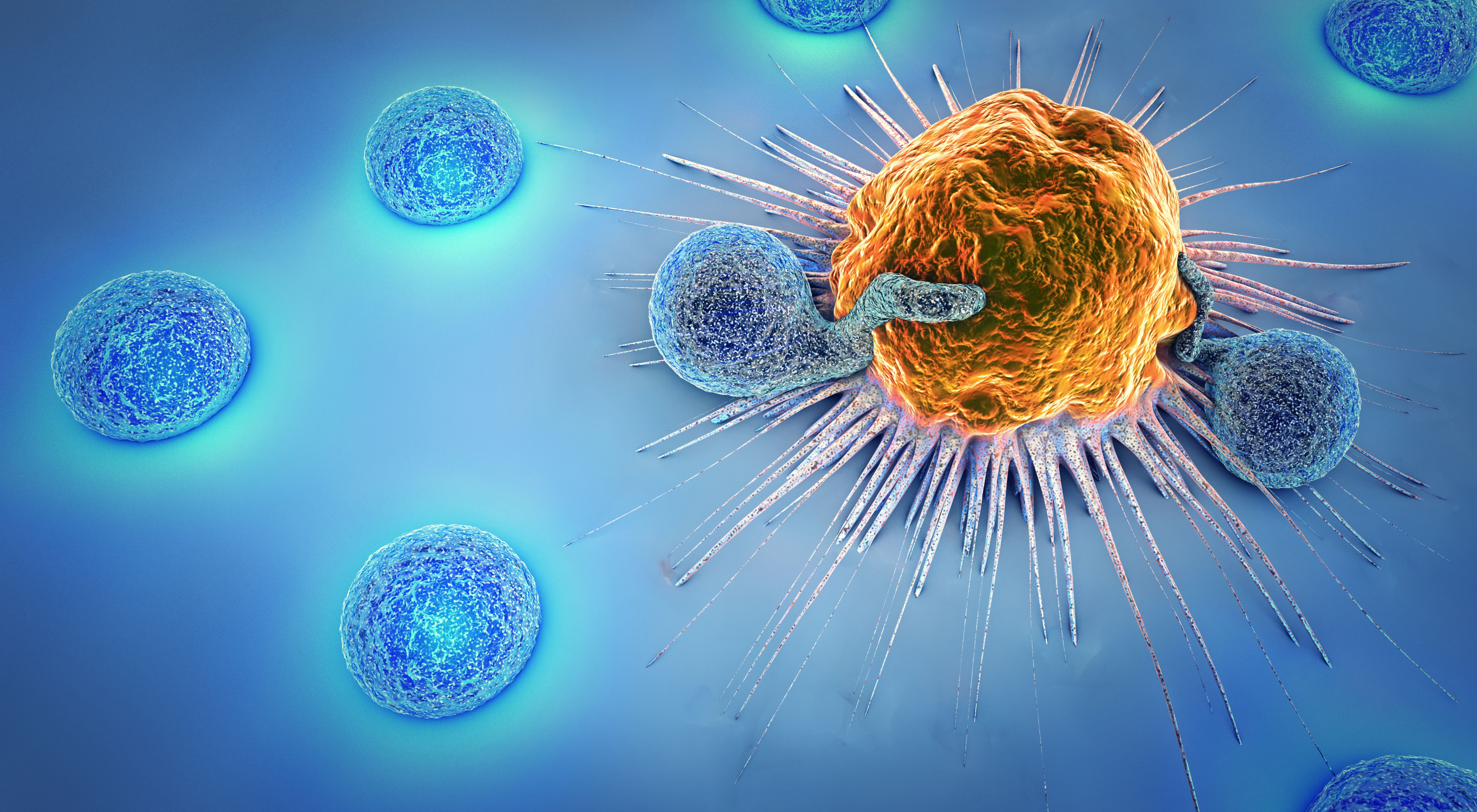Article
Blood Test Results May Offer Clues to Neurotoxicity Risk After CAR-T Cell Therapy in Cancer
Author(s):
Patients with blood cancer who have higher levels of neurofilament light chains — which indicate brain injury — were found to be more likely to develop neurotoxicity after CAR-T cell therapy, according to recent research.
Blood test results may lend insight as to which patients with blood cancer are more likely to experience neurotoxicity from CAR-T cell therapy, according to recent findings.
Research led by investigators at Washington University School of Medicine in St. Louis found that patients with elevated levels of neurofilament light chains in their blood tended to be likely to experience immune effector cell-associated neurotoxicity syndrome (ICANS) — potentially fatal brain and central nervous system complications — after receiving CAR-T cell therapy.
Study co-author Dr. Omar H. Butt, an instructor in the Department of Medicine at Washington University School of Medicine in St. Louis, explained that increased neurofilament light chain levels could result from any kind of damage from the brain — from trauma to surgery.
“It’s (a) biomarker for the overall health of the brain space,” Butt said in an interview with CURE®. “What we found is that individuals who go on to develop this neurotoxicity syndrome tend to have high levels of this, even before we get treatment, suggesting something has caused some type of insult or some type of damage to the brain that we have not yet been able to identify.”
Identifying and Treating Neurotoxicity
Identifying who could be at risk for neurotoxicity is important because it can help patients with blood cancer be more informed of their risk before undergoing CAR-T cell therapy, while ensuring that clinicians know which patients need to be monitored more closely so that interventions can be given in a timelier manner, explained study co-author Dr. Alice Y. Zhou, who is also an instructor in the Department of Medicine.
“The treatments that we have to try to mitigate those side effects could potentially affect the efficacy of the immune-based drug,” Zhou said in an interview with CURE®. “If we can identify people who are going to get these side effects, we can watch them better, we can talk to them about risk better.”
READ MORE: CAR-T Cell Therapy Side Effects: Know What to Look Out For
Currently, neurotoxicity is treated with supportive care and monitoring, as well as steroids, if needed. Zhou mentioned that if caught early on before it becomes too severe, patients may be able to avoid the use of steroids, which may affect the efficacy of CAR-T cell therapy.
Zhou also explained that patients and their loved ones can play a key role in the early detection of neurotoxicity, which can present as confusion, changes to speech or handwriting and memory difficulties. While clinicians will test for neurotoxicity in the days after treatments with tests such as writing samples and memory assessments, individuals can realize that something is off before health care providers do.
“Patients and their families know themselves a lot better than we do,” Zhou said. “They know their baseline.”
Butt echoed Zhou’s sentiment.
“The big thing that families can do during this critical time — and we’re talking about from the infusion for the first two weeks — is (to) be with your family member,” he said. “Communicate, talk, interact with your family member. Do the things you normally would do … and if you notice anything that’s a little bit off, let the medical team know immediately.”
Unanswered Questions Remain
Butt and Zhou said that their research is still early, so it cannot definitively link increases in neurofilament light chains to neurotoxicity after CAR-T cell therapy. However, their findings highlight the fact that patients may want to discuss prior neurological issues with their care team before their infusions.
“(Our findings) do suggest that it’s important to let your clinician know about any type of neurologic disease that you may have — ones that affect your brain in particular,” Butt said, mentioning that this could include a history of strokes, neuro-inflammatory diseases or a traumatic brain injury.
Looking ahead, the researchers said that more research is needed in this field, as well as why neurotoxicity happens in the first place, and what is the best method of treating it.
“One of the goals of our research is really to understand what is causing neurotoxicity,” Zhou said. “If we can actually find the mechanism, then we can have a much more targeted treatment …. You want to be cancer free, and you want to be symptom free, so we want to really parse out what's causing each of these things.”
For more news on cancer updates, research and education, don’t forget to subscribe to CURE®’s newsletters here.




